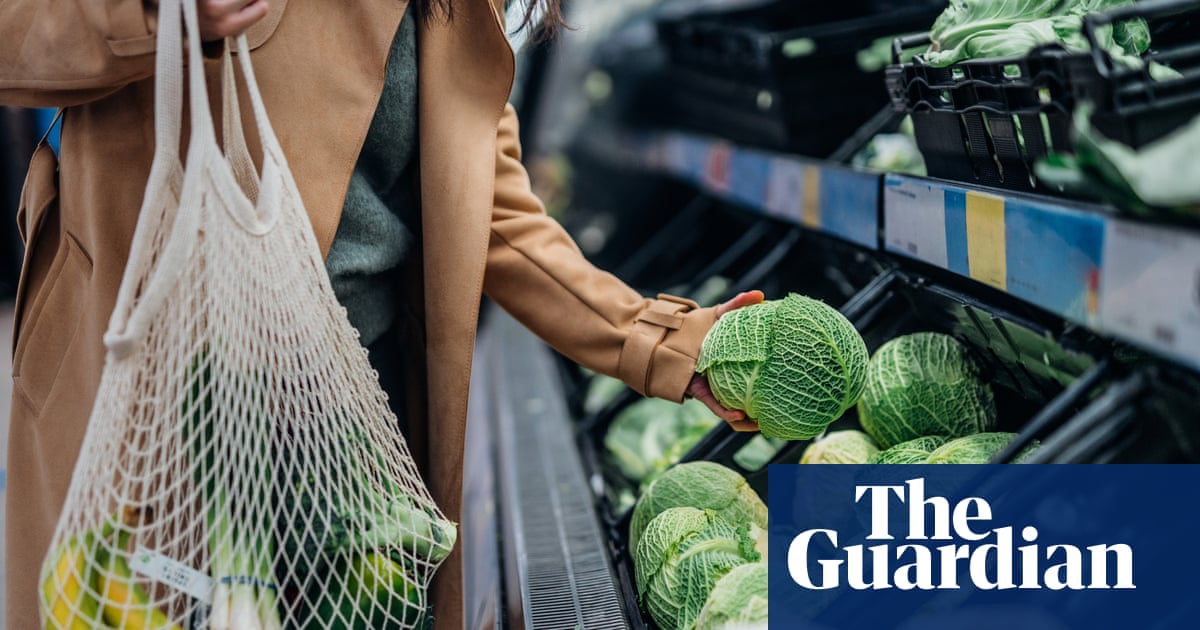In 2004, Donald Davis and fellow scientists at the University of Texas made an alarming discovery: 43 foods, mostly vegetables, showed a marked decrease in nutrients between the mid and late 20th century.
According to that research, the calcium in green beans dropped from 65 to 37mg. Vitamin A levels plummeted by almost half in asparagus. Broccoli stalks had less iron.
Nutrient loss has continued since that study. More recent research has documented the declining nutrient value in some staple crops due to rising atmospheric carbon dioxide (CO2) levels; a 2018 study that tested rice found that higher CO2 levels reduced its protein, iron and zinc content.
While the climate crisis has only accelerated concerns about crops’ nutritional value, prompting the emergence of a process called biofortification as a strategy to replenish lost nutrients or those that foods never had in the first place.



I realize thye said it’s due to CO2, but I can’t help but think it also has to do with selectively breeding crops for mass production- and stupid things like being shiny red (as in certain apples) or other qualities that might make them more marketable instead of nutritious.
Interesting idea.
I submit another idea: that food grown is being harvested earlier for quick turnaround and, for example the fruiting parts, immature in comparison from years ago.
If the plant ramps up nutrient storage as seeds mature, early harvesting is counterproductive.
I’d love to test that idea!
I suspect one would find both contribute, and also possibly soil depletion.
All I really know is that heirlooms taste better and are far more satisfying. But even just burpee seed tomatoes, letting them ripen on a still-live vine is insanely more flavorful than picking them green and letting them ripen in transit.
Or like with apples- they’re harvested in the fall, and stored just above freezing.
Ultimately the cause is commercialization, if there’s More ways it happens.
I don’t know about tomatoes, but with stawberries, that’s just water. You sell strawberries by mass, so in the store, we have very large ones with a lot of water.
I’ve had wild strawberries a few times. They have a much stronger flavor, but they’re also tiny compared to commercial ones.
Growing the same basic varieties, it’s definitely within the same mass range you’d expect. Keep in mind it’s not just absorbing water, when it ripens on a still-in-the-ground vine, it’s also absorbing nutrients etc.
Commercially grown tomatoes are cut off from that and left to ripper on their own. The flavor is almost entirely different. Keep in mind that commercial varieties aren’t any where close to ready when they’re picked. (This includes the “vine on” things they like to sell now too.)
A tomato is “good enough” when it’s yellow, picking them can keep the plant producing well into fall.
I’ve had plants that have gone the better part of seasons before it got… unwieldy in the aero racks, but I’m forcing year round in a greenhouse.
they’ll still be amazing, but not quite as amazing if you let it come off after a gentle twist. Also, if you’re normal and growing outside, rain can cause splitting, so it’s best to pull it in early if that’s expected.
Just some learned advice… resist the temptation do blackberries or raspberries inside a greenhouse…. Yeah. That’s a war….
deleted by creator
Yup. The short and simplified reason is that consumers ask for price and appearance rather than flavor and nutrition.
The tomatoes you buy in stores during winter (when tomatoes normally don’t grow) are often speed-grown in greenhouses heated by fossil fuel.
If you ever grow your own tomatoes you’ll understand what a tomato “should” taste like.
I’ve actually taken seeds from the tomatoes in stores and grown them myself. The flavor of a store bought tomato pales in comparison to a freshly picked tomato.
And I don’t even like tomatoes.
I think you got that backwards, unless you’re over there eating store tomatoes in paroxysms of ecstasy?
Ope. I do have that backwards. Thanks!
My mom grew tomatoes every year until she couldn’t physically garden anymore.
They were still disgusting.
Ok. I grow tomatoes every season and they are fucking delicious on a whole different level.
I suppose this proves the point that home-grown Vs commercial-grown isn’t the only piece of the puzzle.
Right? We mono-crop loam into dust without any regenerative farming cycles to replenish the top soil.
You’re definitely not wrong in that at all.
But… they actually cover the apples in bug secretions to make them so shiny.
https://en.m.wikipedia.org/wiki/Shellac
Still, uh, organic….